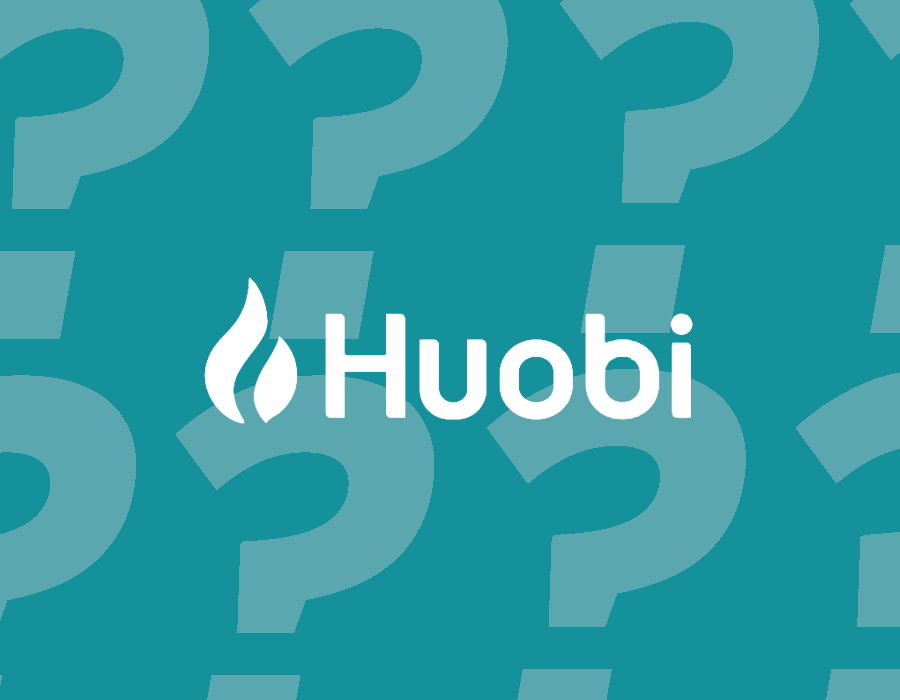Binance reigns as the largest cryptocurrency exchange in the world, boasting users from over 180 countries. It offers trading in a vast array of cryptocurrencies, including popular ones like Bitcoin ($BTC), Ethereum ($ETH), and Litecoin ($LTC), as well as Binance’s own $BNB coin. This diverse user base can utilise Binance’s services through various platforms, including mobile apps for iOS and Android, a browser-based interface, and desktop applications for both Mac and Windows.
Binance’s reach is not limited to just its trading platform. The company ventured into various other areas of the crypto ecosystem. This includes launching its own blockchain, the Binance Chain, and later the Binance Smart Chain, which further solidified its position in the industry. These platforms not only supported Binance Coin ($BNB) but also enabled the creation of new decentralised applications (dApps) and projects, contributing to the broader blockchain and cryptocurrency community.
In response to increasing regulatory scrutiny in various countries, Binance has also ramped up its compliance measures. This includes enhanced user verification processes and scaling back or limiting certain services like security tokens and high-leverage trading. However, the exchange recently made headlines for a less favourable reason: a $4.3 billion settlement over money laundering charges, which also led to its CEO, Changpeng Zhao, stepping down from his top position.
History
The story of Binance began in July 2017. Its inception was marked by an Initial Coin Offering (ICO) for Binance Coin, a move that set the stage for its rapid ascent in the crypto market. The name ‘Binance’ is a blend of ‘binary’ and ‘finance’, reflecting its role in the digital, binary world of cryptocurrencies.
The exchange was co-founded by Changpeng Zhao, commonly known as “CZ”, and He Yi. Initially headquartered in China, Binance’s journey was not without its challenges. As China’s regulatory landscape became increasingly hostile to crypto, Binance moved first to Japan and then to Malta, before finally registering in the Cayman Islands.
Despite these relocations, Binance’s growth remained unabated. It rapidly expanded its services and user base, becoming the world’s largest exchange by trading volume in 2018, just a year after its launch. This remarkable growth can be attributed to several factors, including its low transaction fees, high liquidity, and the variety of cryptocurrencies available for trading.
Binance Coin and BUSD
Binance Coin was initially an ERC-20 token on the Ethereum network but later migrated to Binance’s own blockchain. BNB is notable for its deflationary mechanisms, including quarterly burns of the coin. More recently, it went through the BEP-95 upgrade, which burns a portion of gas fees from each block on the Binance Smart Chain ($BSC). Additionally, Binance introduced BNB Auto-Burn in December 2021 to further regulate its supply.
The exchange launched its own stablecoin pegged to the US dollar in 2019. Called the Binance USD ($BUSD), it was done in partnership with New York-based Paxos. Following the $UST stablecoin collapse in 2022, Paxos began providing regular disclosures on BUSD’s backing, ensuring it’s fully backed by US cash or cash equivalents.
BNB Chain
February 2022 saw the launch of the BNB Chain. It is essentially a rebranding and integration of two previously separate blockchains: the Binance Chain and the Binance Smart Chain (BSC). The Binance Chain was initially launched in April 2019, primarily focusing on high-speed trading. The Binance Smart Chain, introduced later in September 2020, was designed to enable smart contract functionality and compatibility with the Ethereum Virtual Machine (EVM).
The BNB Chain comprises two main components:
- BNB Beacon Chain (formerly Binance Chain): This chain primarily focuses on governance. It is where the BNB holders can participate in voting and staking, playing a crucial role in the decision-making process of the network. The Beacon Chain serves as the backbone of the BNB Chain, maintaining its security and stability.
- BNB Smart Chain (formerly Binance Smart Chain): This is where the application layer resides. It supports EVM-compatible smart contracts and dApps. The BNB Smart Chain is known for its high throughput, low transaction fees, and a supportive environment for developers, making it an attractive platform for building a wide range of applications, from decentralised finance (DeFi) to gaming and NFTs.
One of the key features of the BNB Chain is its dual-chain architecture. This design allows users to transfer assets between the Beacon Chain and the Smart Chain effortlessly, providing flexibility and efficiency in managing transactions. The dual-chain setup enables users to take advantage of the high-speed trading on the Beacon Chain while leveraging the smart contract capabilities and dApps ecosystem on the Smart Chain.
The BNB Chain also introduced several innovative features, such as the BNB Auto-Burn mechanism, to provide a sustainable way to adjust the supply of BNB, Binance’s native token. This mechanism was designed to help maintain the token’s value and stability over time.
Trading on Binance
Binance isn’t just for trading; it also offers services for listing, fundraising, de-listing, and withdrawing cryptocurrencies. It supports various trade orders like limit, market, stop-limit, and OCO orders for regular trading, and seven types of orders for crypto derivatives, including futures contracts. While there are no fees for deposits, withdrawals do incur a transaction fee based on the cryptocurrency and amount.
The exchange is known for its user-friendly interface, providing detailed market data and tools for technical analysis, making it a preferred choice for many traders. The platform also ensures security and offers educational resources for those new to cryptocurrency trading.
Money laundering charges
In late 2023, Binance faced significant legal challenges when it and its CEO, Changpeng Zhao, were implicated in money laundering charges. The charges stemmed from allegations that Binance had facilitated illegal transactions and had not implemented adequate anti-money laundering (AML) measures.
On 21 November 2023, Binance admitted to these charges and agreed to a hefty settlement of $4.3 billion. Changpeng Zhao also stepped down from his CEO position, contributing $50 million towards the settlement.
These charges followed a series of regulatory actions against the company. In October 2023, Binance had suspended all US dollar transactions, a move that came in response to a lawsuit filed by the Securities and Exchange Commission (SEC) in June of the same year.
The SEC’s lawsuit accused Binance and its US counterpart, Binance.US, of several securities law violations. These included operating unregistered exchanges and broker-dealers, participating in the unregistered offer and sale of securities, and misrepresenting trading controls and oversight to US-based investors. The crypto community and regulators continue to monitor the situation closely, as it sets a precedent for how major crypto exchanges operate and are regulated globally.








